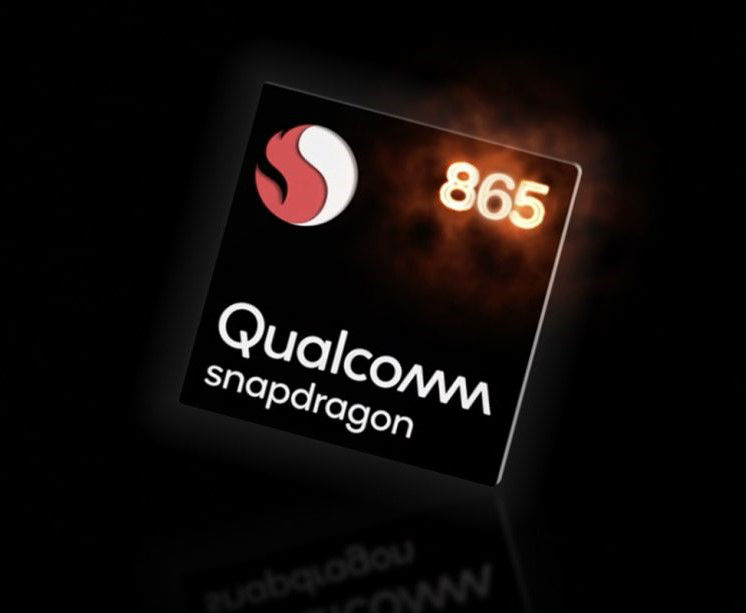Overview
- A new Samsung Galaxy S series is coming soon
- Will likely be named the Galaxy S20, Galaxy S20 Plus, and Galaxy S20 Ultra
- Likely release date: February 11th, 2020
- Expect a massively improved battery
- Enough new features to justify upgrading from an S10
- Will likely have a 108 MP camera sensor with enhanced post-processing
- All S20 models will likely have 120 Hz displays
- Rumored to have the new 5G Qualcomm Snapdragon 865 chip
Galaxy S20 Rumors
If recent reports are to be believed, Samsung is shooting for a mid-February 2020 launch for its newest Galaxy S series. This latest entry in Samsung’s flagship phone line was originally expected to be named the Galaxy S11, but recent reports suggest that it will instead be called the Galaxy S20. Whatever its name ends up being, the buzz around this new phone series is palpable.
How would you feel about a 108-megapixel phone camera (that’s over 100 million pixels)? Considering that the highest-res camera on the market was previously 64 MP, you’d be forgiven for having your doubts. But what if we told you that it already exists? At the moment, the only devices confirmed to be equipped with Samsung’s 108 MP ISOCELL Bright HMX are future Xiaomi phones, but it’s not unlikely that Samsung will be equipping it on their own flagships (despite the disappointing camera hardware on the Note 10/Note 10 Plus).
Other rumored features include a 120 Hz display on all S20 phones and the new 5G-enabled Qualcomm Snapdragon 865 processor. What this means is that the Galaxy S20/S11 series will likely outperform all previous Samsung phones (and honestly most other phones in general) by a wide margin. This added performance requires a lot more power, which Samsung seems to be addressing by a huge increase in battery capacity.
Galaxy S20 Release Date
If history tells us anything, it’s that the new S20 series will be officially unveiled at Samsung’s annual Unpacked event in San Francisco. Unpacked 2020 has been officially scheduled for February 11, 2020, and in addition to the new S20 we will likely be introduced to the new Galaxy Fold 2.
There’s also the possibility, however, that Samsung will instead unveil the S11/S20 at the Mobile World Congress 2020 from February 24 to February 27. The Galaxy S10 was announced in February 2019, shortly before MWC 2019 (and well before Unpacked 2019, which was in August) so it would not be unprecedented. It’s possible Samsung will want to extend its dominance of the news cycle by splitting its major releases (the Fold 2 and S20) into two announcements. Regardless of the actual release date, as with all phones it’ll probably be at least a couple of weeks after the announcement before the S20 actually hits shelves.
Galaxy S20 Price
One thing that the leaker community has been relatively mum about is how much the Galaxy S20 series will cost. Based on reports from a number of prominent leakers, the phone formerly known as the Galaxy S11 will instead be called the Galaxy S20. The pricing lineup will also be changed, along the same lines as the iPhone 11 series a few months ago. The S11 edge/S11e, rumored to be the cheaper alternative, will instead be the baseline Galaxy S20, sans adjectifs. The baseline S11 will likely now be the S20 Plus (S20+ to be precise) and the higher-end S11 Plus will be replaced by the S20 Ultra.
As for pricing, we can really only theorize based on past pricing and recent trends. The starting price of the S10 ranged from $749 for the cheapest S10e, $899 for the basic S10, $999 for the S10 Plus, all the way to a whopping $1300 for the S10 5G. Clearly, the addition of 5G doesn’t come cheap, and with all S20 phones likely to come with 5G built-in, it’s highly likely the price will be considerably higher.
It should be noted, however, that the price difference between the $1099 Note 10 Plus and the $1299 Note 10 Plus 5G was only $200, compared to the $301 difference between the S10 5G and the S10 Plus. It seems that the technology is becoming significantly cheaper, and it’s possible that it’ll get cheaper still. Regardless, expect the new S20 Ultra to cost at least as much as the baseline Note 10 (i.e. $1099).
Galaxy S20 Camera
We are living in the era of the smartphone camera, with all the major smartphone manufacturers (except for the blissfully uninvolved iPhone) locked in an escalating hardware arms race. For reference, the Galaxy S8, released in 2017, had a 12-megapixel camera, which was considered pretty good at the time. Less than 3 years later, the Galaxy S20 will likely ship with an insane 108-megapixel camera. That’s an 800% increase! In 3 years!
This new 108 MP camera sensor, which has already been confirmed to exist by Samsung, was developed in collaboration with Xiaomi and will be equipped on future Xiaomi phones. It will be the first phone camera sensor to exceed 100 million pixels. With all that Samsung has invested in this sensor, it seems illogical that they would simply let their competitor (however chummy) use it without incorporating it into their own phones.
Of course, photography nerds know that in the end megapixel count isn’t really what separates phone cameras from DSLRs. In fact, even many high-end DSLRs don’t come even close to 108 MP. Instead, it’s sensor size, an area where traditional cameras tend to dwarf phone cameras. To put it simply, a larger sensor captures more light, which results in higher-quality pictures. Luckily, Samsung’s new camera sensor will also be larger than any other phone camera before it, at 1/1.33 inches (still not close to a DSLR or even mirrorless camera, but getting there). In addition, Samsung’s patented ISOCELL Bright HMX technology allows the camera sensor to absorb even more light, helping it take pictures in extreme lighting conditions.
In addition to this 108 MP primary camera, a number of noted leakers have reported that the S20 will also come equipped with a 48 MP telephoto camera with 5X optical zoom, a 48 MP wide-angle camera, and a time-of-flight sensor (like the Note 10 Plus). All these sensors will be arranged, according to leaked renders, in a rectangle-shaped vertical array.
Even if the product needs to be more efficient, it is likely that Samsung will try to embed the cameras into the body instead of keeping it protruding like the other competitors. The new look and feel of the handset model are expected to be more or less similar to that of Samsung Galaxy Note 10. Nonetheless, the screen size is supposed to be higher as far as the aspect ratio is concerned. The exact size isn’t known, but the anticipation of a larger screen size makes more sense given the leaked benchmarks hint at the same.
Galaxy S20 Display
Unlike the iPhone 11 series, which went from big to small to bigger, the Galaxy S20 series will go from smallest to biggest according to price. The basic S20 will likely have a 6.2-inch display, while the S20 Plus and S20 Ultra will be 6.7 inches and 6.9 inches respectively. All models are likely to have refresh rates of 120 Hz (compared to the 90 Hz of leading competitors like Google and OnePlus), resulting in one of the smoothest user experiences on the market. Preliminary renders based on leaked information show a nearly bezel-less front with a holepunch selfie camera, similar to the Note 10.
Galaxy S20 Processor
As for processing power, it seems that Samsung is moving away from its internally-produced Exynos chips in favor of the upcoming Qualcomm Snapdragon 865. The S20 will be shipped with the Snapdragon in all regions except for Europe, even in regions that have traditionally used the Exynos (i.e. South Korea). The new Snapdragon 865 is considerably more powerful than the Exynos 990, and most importantly comes with built-in support for 5G, a technology that Samsung has been historically at the forefront of.
Galaxy S20 Battery
All these extra features and hardware requires a battery to match, and it seems like Samsung is more than up to the challenge. Whereas the Galaxy S10e had a 3100 mAh battery, the basic S20 is rumored to be jumping up to 4000 mAh. And that’s just for the cheapest model! It has also been rumored that the S20 Plus will have a mind-boggling 5000 mAh battery, which as far as we know is the largest battery of any of the major smartphone manufacturers. Not being electrical engineers, we aren’t sure if this increase in battery capacity will result in actually longer battery life, or will merely offset the increased power requirements of the new chipset/display.







